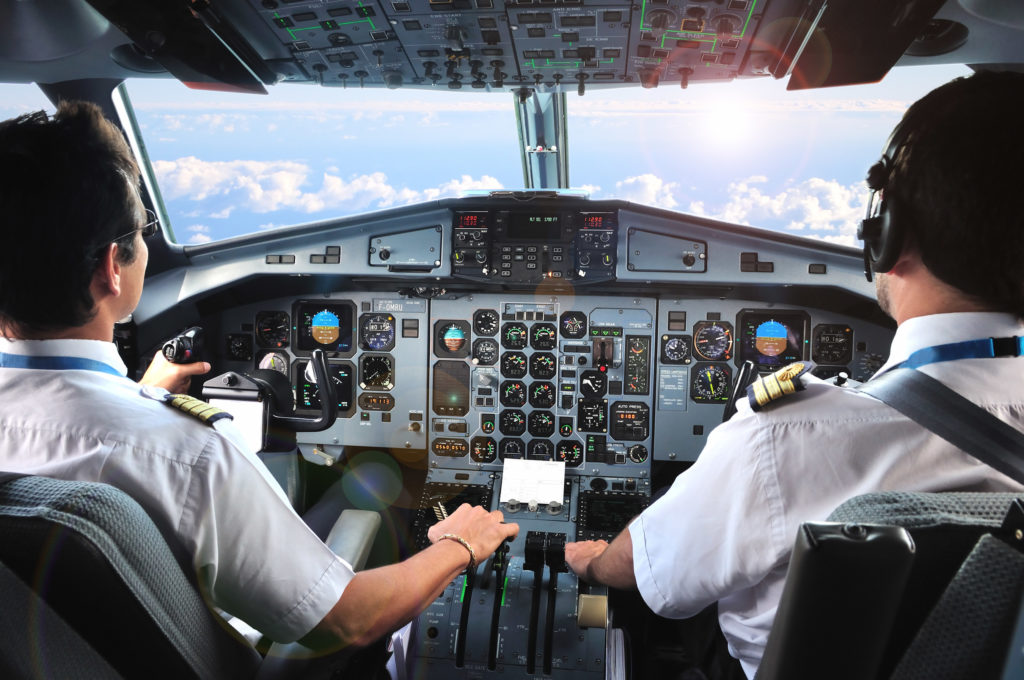Estimated reading time 4 minutes, 17 seconds.

Transport Canada has launched a stakeholder review of its flight duty time and fatigue management regulations, which many operators have panned as flawed and impractical.
Through its Canadian Aviation Regulation Advisory Council (CARAC), the regulator is seeking industry input to confirm issues, success stories and irritants, and said it may use stakeholder input to inform potential policy changes.
“As always, safety remains paramount, and any improvements or considerations must not adversely affect aviation safety,” the CARAC said in an email to its members, which include government representatives and industry stakeholders.
“[This] document represents the first step in the consultation process to gather information that will inform the next steps moving forward.”
Canada’s flight and duty time (FDT) regulations were part of a decade-long process to address how pilot fatigue can affect alertness, hand-eye coordination, reaction time, decision-making, fine motor skills and memory loss, “which can in turn lead to incidents or accidents,” Transport Canada said in a statement.
“As fatigue can play a significant role in accidents and incidents, regulations to protect flight crew members, passengers, as well as people and infrastructure on the ground are imperative to reduce safety risks.”
The regulations prescribe maximum duty times, minimum rest periods and performance-based rules that allow for variances for specific flights using a fatigue risk management system. The regulations came into effect in 2020 for large operators (705 airlines) and in 2022 for smaller operators (703 air taxis and 704 commuter airlines).
In the interim, Transport Canada acknowledges both large and small operators have raised concerns about the new rules. This is particularly true among smaller operators that serve remote communities, where shift work, unpredictable flight times, inclement weather and the timing of cargo delivery all complicate their ability to adhere to FDM rules.
Labour groups have also complained that parts of the regulations are vague, “creating ambiguity in implementation between the operator and flight crew,” Transport Canada said.
The regulator also acknowledged the fatigue risk management exemption does not fit well with operators of on-demand services, or with some larger operators.
Some find the process restrictive, and “have difficulties establishing a baseline level of fatigue and validating the safety case of the fatigue risk management system, as required by the current regulations,” Transport Canada has acknowledged.
The regulator has since issued an advisory circular that corrects several grammatical, spelling and punctuation errors and added or rearranged definitions, among other changes intended to “explain the intent of the regulatory requirements.”
This advisory circular comes into effect March 21, 2024. As part of a further stakeholder review, Transport Canada is accepting comments in writing until May 20, 2024 at TC.CARConsultations-RACConsultations.TC@tc.gc.ca
This is what happens when regulators rely on the advice of corporations who use humans instead of the humans who do the actual work.
Irrelevant for helicopters, yet still imposed. 703 seems to have a different definition depending on who you talk at TC. Unless doing regular schedule flights, tourism or VIP, the rest of our work should be considered 702. Even so, if you do 703 we can not fly 8-10 hours straight, we have to stop every 2 to 3 hours to put fuel and take a break. Rotary should not have been put under the same regulations as fixed wing as our workload does not compare.